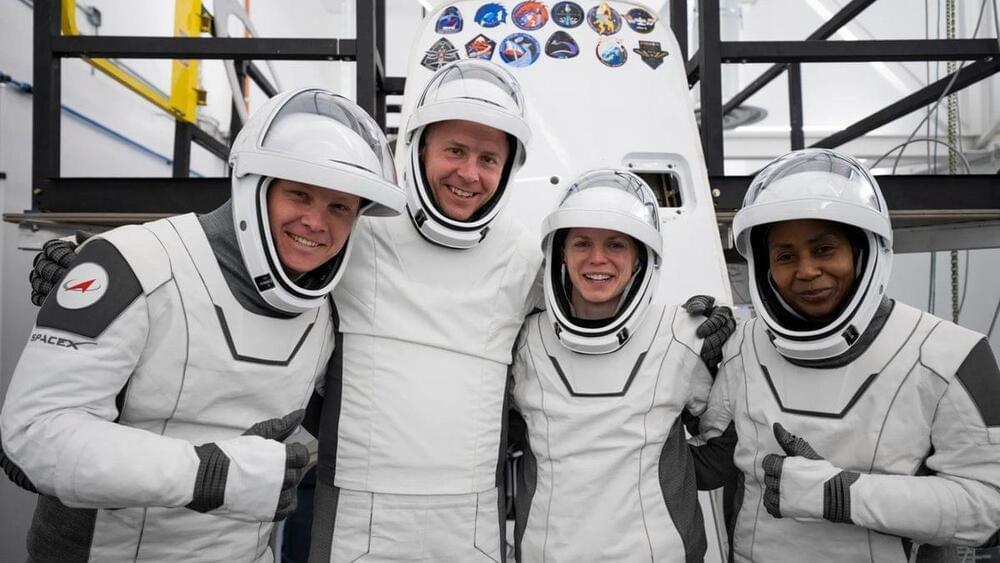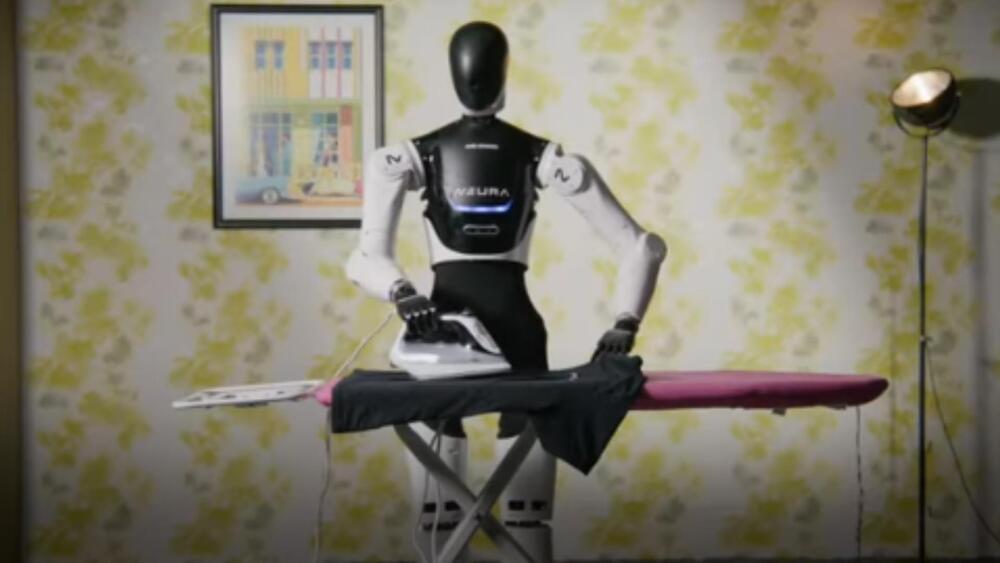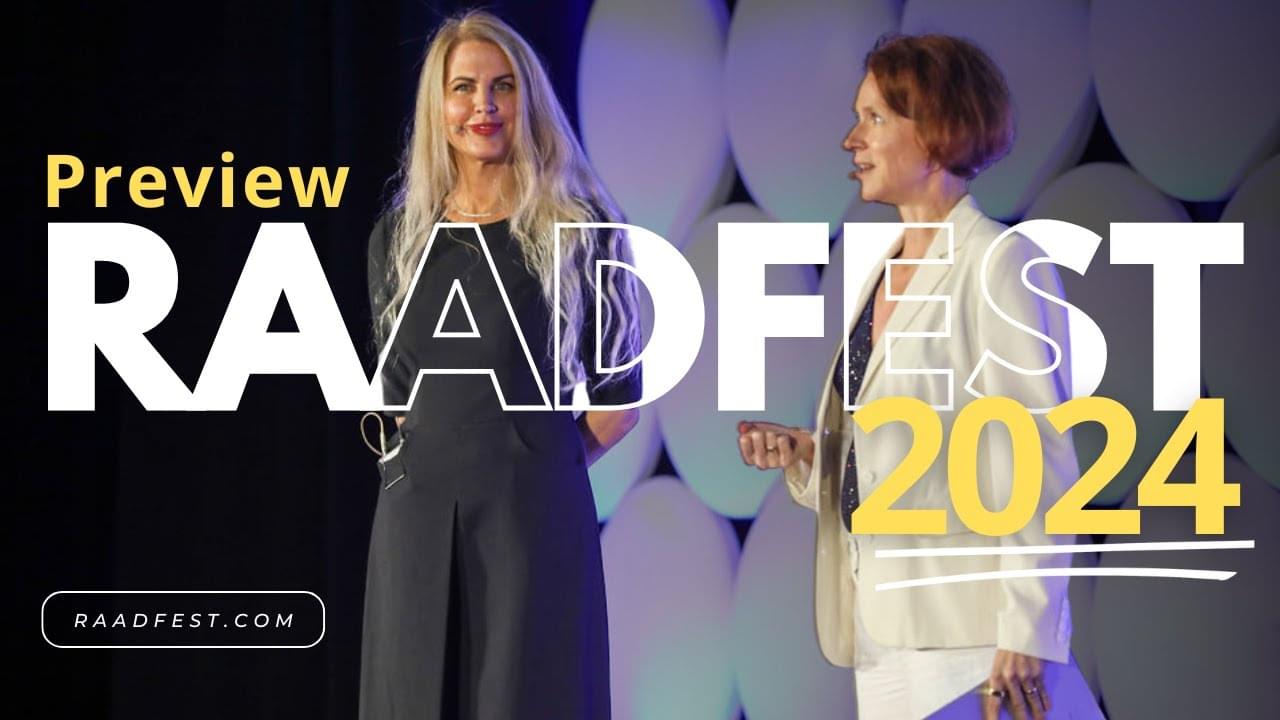Crew-9 will be the first crewed launch on a Falcon 9 rocket after one of the vehicles experienced a rare failure in July.
The transport sector is a significant contributor to greenhouse gas emissions in Hong Kong, accounting for 19% of total emissions. Supporting the development of green transport can help reduce air pollutant emissions. The Hong Kong Polytechnic University (PolyU) is committed to promoting research into green technologies to support Hong Kong’s goal of reducing the City’s total carbon emissions from the 2005 level by half before 2035 and achieving carbon neutrality before 2050.
A research team led by Prof. Eric Cheng, Professor of the Department of Electrical and Electronic Engineering at PolyU, received support from the “Innovation and Technology Support Program (Mid-stream, theme-based)” last June for the research project “Smart Refrigeration Truck Development Program—Power, Solar and Intelligence Method for Logistics and Storage.” The project is aimed at promoting the transformation of freezer trucks from traditional fuel driven freezer system to smart electric driven and strengthening the wider adoption of solar energy.
After one year, the PolyU team has successfully developed a novel freezer truck that supports a solar-powered freezer system and features vehicle-connected power storage and sharing technology. The project has received staunch support from the government, academia and industry, including from Sunlight Eco-tech Limited, Advanced Sunlight Pty Limited from Australia, and the Electrical and Mechanical Services Department.
US Commerce Department undersecretary Laurie E. Locascio says America needs to invent new chip manufacturing techniques.
What is AI?
Posted in robotics/AI
In a new study, women who followed diets low in added sugar and high in nutrients had “younger-looking” cells.
Focus on good things: creative activities:
Neura’s 4NE-1 is a humanoid robot capable of carrying out multiple daily and industrial chores, according to the company.
Two major scientific publishers have recently sold access to research papers to train AIs at big tech firms.
A city in Southern California has become the first in the nation to replace its police patrol cars with electric vehicles, officials announced Monday, unveiling a fleet of 20 new Teslas.
South Pasadena on the edge of Los Angeles will replace its gas-guzzling police cruisers with the Teslas to help protect public health and fight climate change through reducing emissions. The Teslas will use new electric vehicle chargers installed at City Hall, officials said.
Self-driving cars occasionally crash because their visual systems can’t always process static or slow-moving objects in 3D space. In that regard, they’re like the monocular vision of many insects, whose compound eyes provide great motion-tracking and a wide field of view but poor depth perception.
Except for the praying mantis.
A praying mantis’s field of view also overlaps between its left and right eyes, creating binocular vision with depth perception in 3D space.
I like what Fahy says here most.
RAADfest is the largest and most immersive event in the world focused on super-longevity for a general audience. Bringing together cutting-edge science, inspiration, entertainment and fun, RAADfest is more than just a conference – it’s a celebration of life. From brain longevity and sexual health, to senolytics, personalized medicine and helping your pets live longer too, RAADfest provides the information and inspiration to enable people to take charge of their longevity.
For more info, visit: https://www.raadfest.com/
Produced by the Coalition for Radical Life Extension, RAADfest also includes RAADcity, the international product expo. RAADcity features leading brands sharing demos and deals on their longevity products and services with the people who want and need them the most.
When: Sept 5th to 8th, 2024








